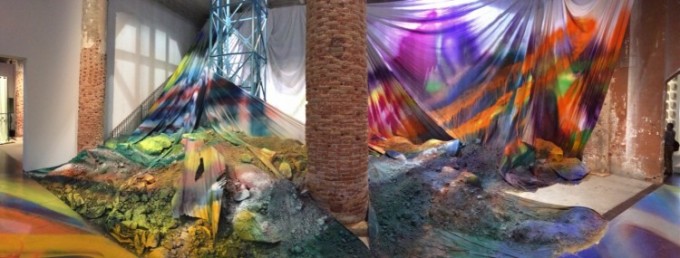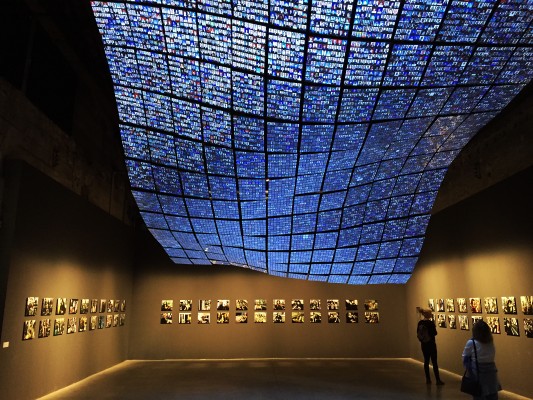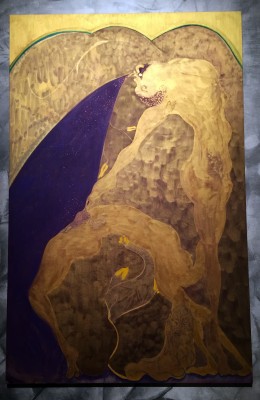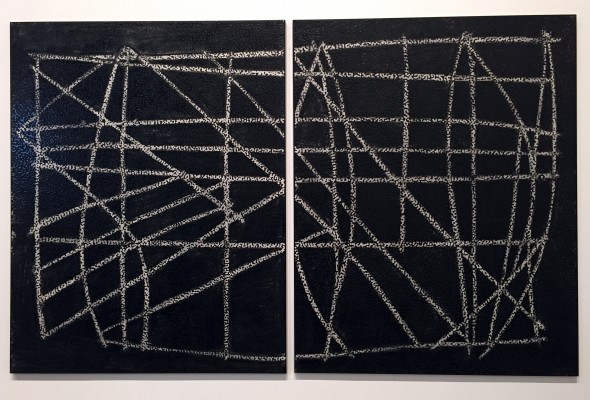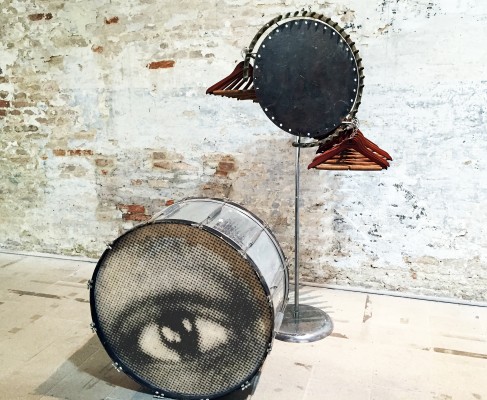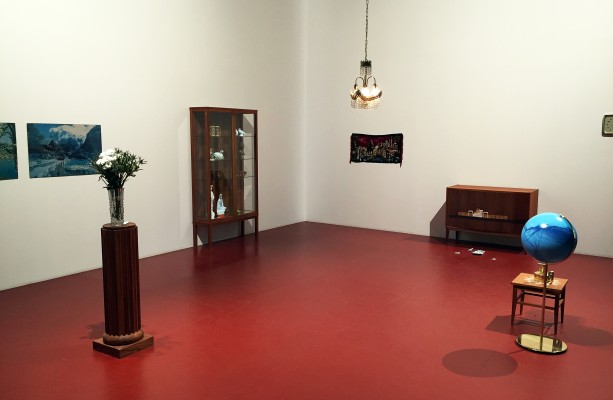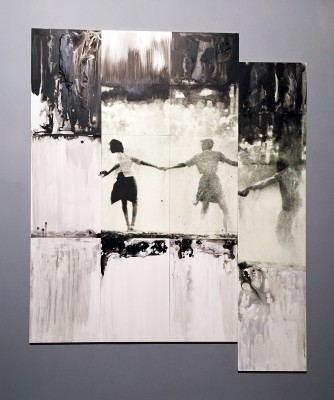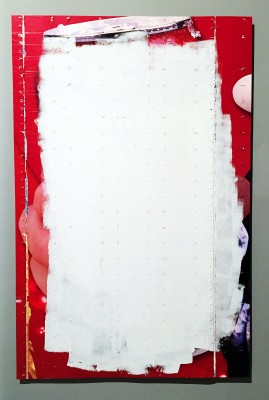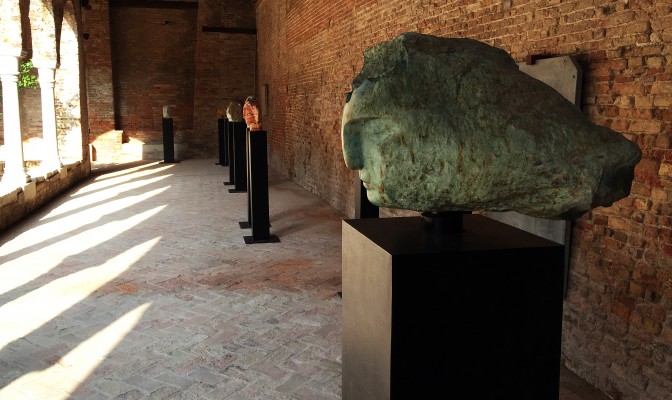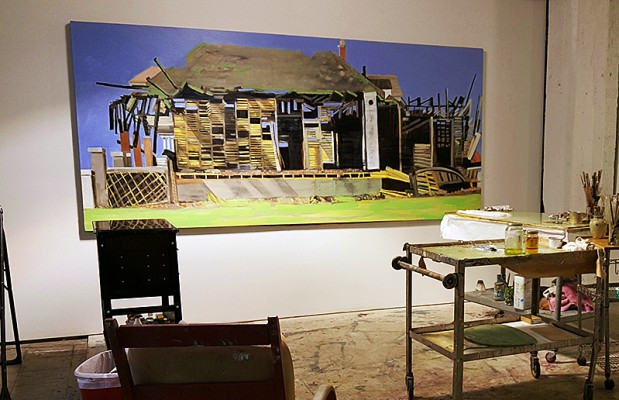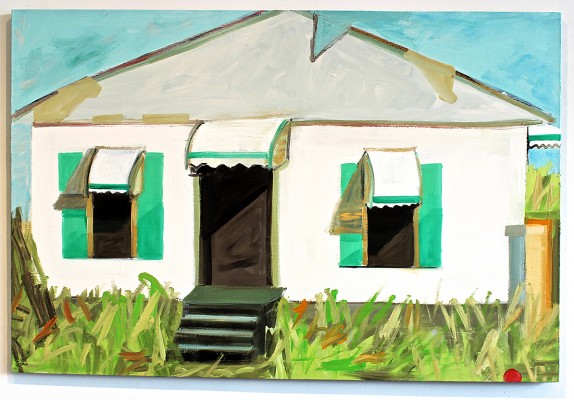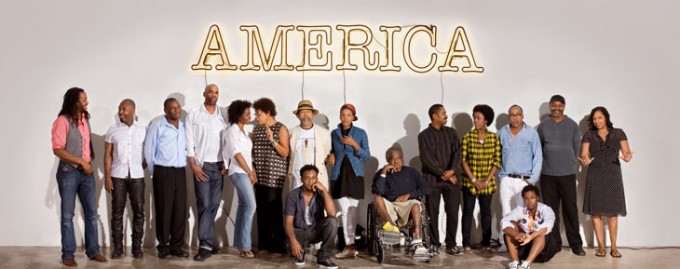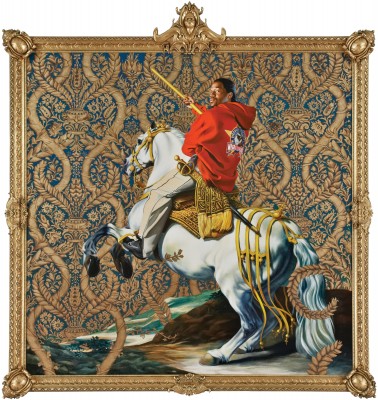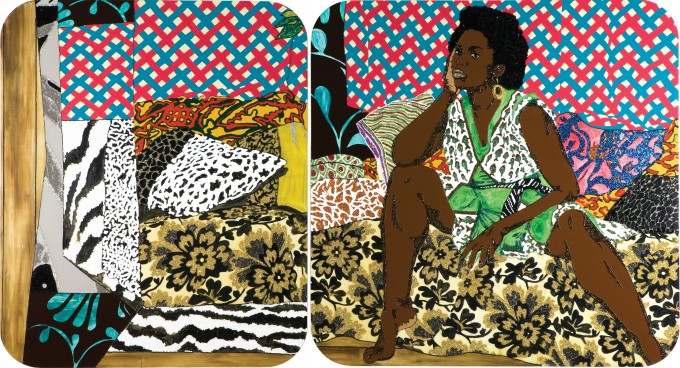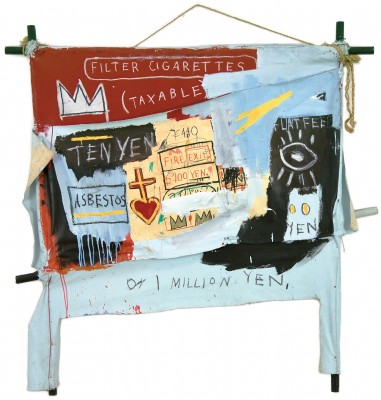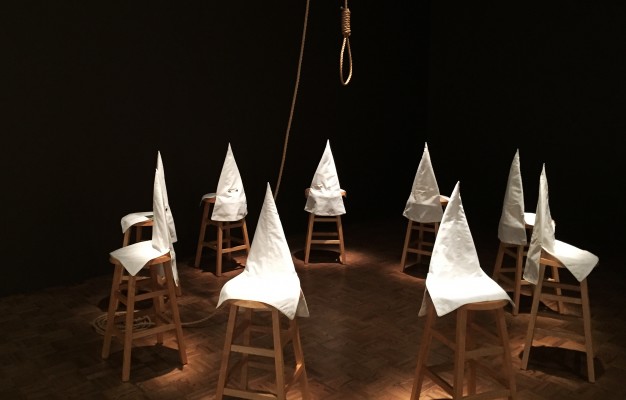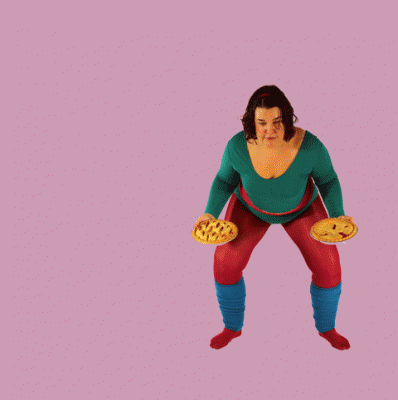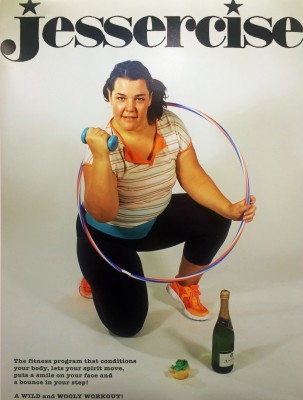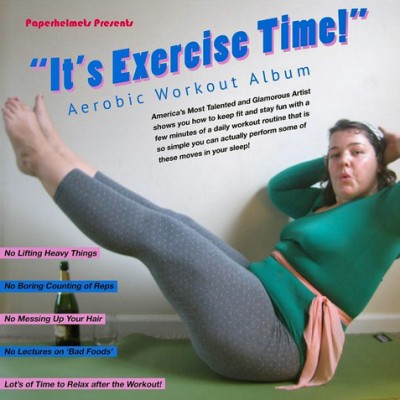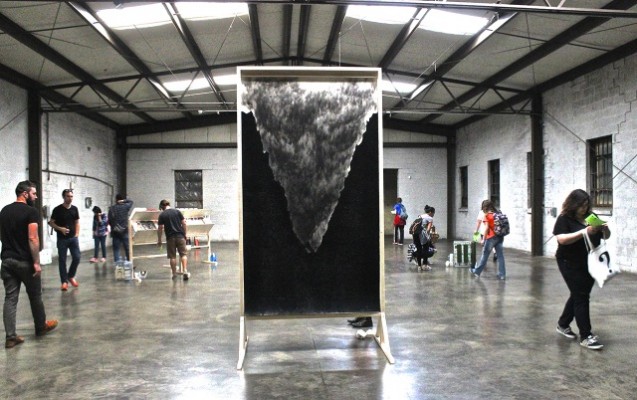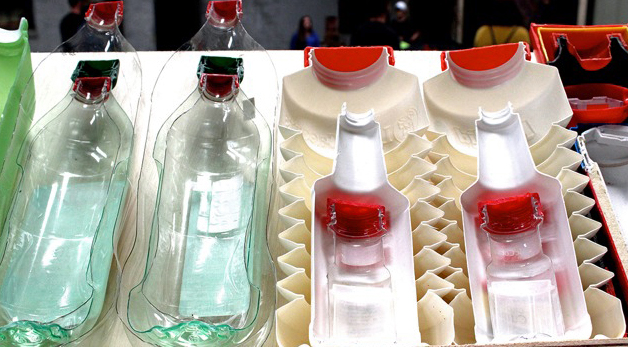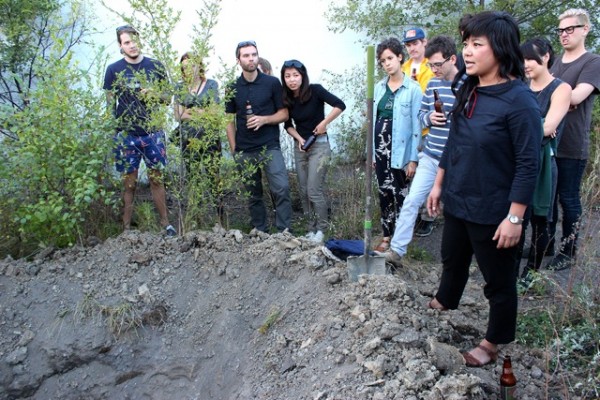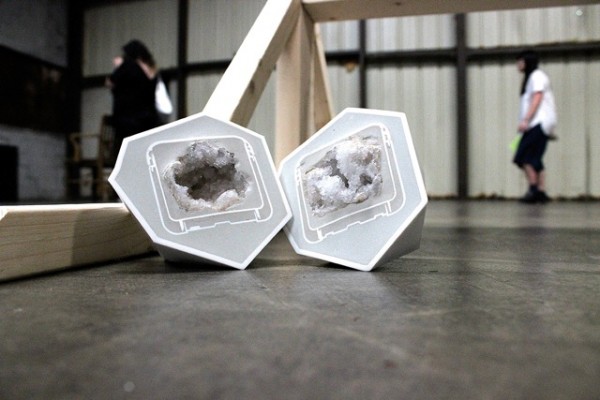There is a mystique about the Venice Biennale, partly because of its age, (it was established in 1895) and partly because of its location in the Giardini area of Venice, Italy. By 1910 it exhibited artists like Renoir, Klimt, Courbet and Picasso. Over the years it has diversified beyond art to include film, architecture, dance and music. For the purpose of this piece, I will comment on the art exhibition at the Arsenale, but there are exhibits at Giardini and throughout Venice.
The 56th International Venice Biennale celebrates its 120th birthday with 136 artists from 53 countries around the world. The curator of this year’s Biennale, All the World’s Futures, is Okwui Enwezor, a Nigerian curator, art critic and writer specializing in history. He lives in New York and Munich and, in 2006, received the Frank Jewett Mather Award for art criticism from the College Art Association.
To write a review of the 56th Biennale as a whole would be lengthy, exhaustive and near impossible, so I will confine my remarks to work at the Arsenale that exhibited over a hundred works of art in a decommissioned warehouse once used by the Navy (to build ships, I assume). The Arsenale would easily be four or five football fields long and 200 feet wide. From that experience, I have selected ten artists to mention, based on my interest and curiosity. From the opening section that was dominated by Bruce Nauman’s neon pieces, rather simple works that simulate a restaurant sign in the window, to the entire section three devoted to Katharina Grosse’s Color Riot, which was an enormous room filled with spray painted dirt and cloth. There are many pieces like Color Riot, conceptual and installation works, that I do not have either the context or familiarity with to comment on.
One of the most breath-taking moments in the Biennale was the work of the late French artist, Chris Marker (1921 – 2012) and his photographic installation, Passengers, 2011. The 134 color photograph images around the perimeter of the room are of anonymous people from the Paris Metro and include small, ever-changing LCD images from above. In Passengers, Marker tracks his Parisians and captures them in an unguarded way, often looking for imagery that reminds him of images found in art history.
Having seen the solo exhibition Night and Day at the New Museum in NYC, November 2014, it was not surprising to see Chris Ofili’s work at the Biennale representing Great Britain. The vibrant and technically complex work enlists sexual, cultural, historical and religious references. His subject matter challenges and reinterprets racial stereotypes. Represented by the David Zimmer Gallery in New York City, his work often exposes the darker undercurrents of society. His M.F.A. was completed in 1993 at the Royal College of Art, and he won the prestigious Turner Prize in 1998. Bending Over for Justice and Peace, Ofili presents a staggeringly mysterious painting with flowing patterns around two inverted figures. The London-born, Trinidad-based artist presents four paintings in this year’s Biennale.
A young indigenous Australian artist, Daniel Boyd provides a fresh abstract interpretation of line and space to this year’s Biennale. Counter to his earlier figurative work in which he explored the relationship between the aboriginal people and the British Empire, he has moved to abstraction with the same methods except filters out color and focuses on interconnected space. The lively compositions are comprised of a dotted, intense surface that engages the viewer in the overall matrix.
The late artist, Terry Adkins (1953 – 2014) was a professor at the University of Pennsylvania and was born in Washington, D.C. A musician and multi-media artist, his work explores historical figures and acts from Beethoven to Hendrix. His work Matinee at the Biennale approaches the art-making process from the viewpoint of the composer over a lifetime that was shortened in 2014 when he died of heart failure. His work has been arranged as sculpture, video and photography where he modifies musical instruments that are repurposed as objects.
Born in Johannesburg, South Africa in 1956, Kay Hassan is best known for his pieces of printed billboard posters but also works with painting installation and video. His themes have always revolved around migration, dispossession and urban life. Growing up as a child in Soweto, he witnessed the constant flight of South Africans as apartheid policies forcibly took peoples’ land. The mural-sized work depicts townspeople on the run. His techniques of deconstructing and constructing are realized fully on close inspection when it is clear that the work was made up entirely of disregarded paper.
Meric Ringborg was born in Istanbul, Turkey in 1983 and now lives in Stockholm. Her ready-made installation, Souvenirs for the Landlocked, is a large room reconstructed in Section 6 with objects that have a particular meaning for her. The installation is typical of her earlier work in that it takes a group of sculptural works and places them in a domestic-like room space environment. In her narrative she writes about her grandfather’s maritime travels, from which he would bring objects from all parts of the world. Each object in the installation carries with it a special meaning that reveals a type of interconnectivity. Ringborg did her graduate work at Royal Institute of Art, Stockholm, and she says in her statement, “Souvenirs are representative of what ‘has been seen’ and thus echo a highly subjective sight, much like photographs; albeit contrary to an image they are sculptural representations of experiences, markers of the transference from event to memory.
The artist Lorna Simpson is represented at the Biennale with figure paintings and her photo-silkscreen, Three Figures. Her early work was as a street photographer where she reflected her feeling about race, society and multiculterism. She came of age during the early 1980’s after a generation of black power and the civil rights movement. Eventually she began to question the truth these supposedly objective photographs revealed and shifted to conceptual photography, which focuses on the idea, rather than the end product. She completed her M.F.A. in 1985 at the University of California and now lives and works in Brooklyn, New York.
Born in New York in 1973, Sibony received his M.F.A. from Columbia University in 2000. His paintings draw on minimalism in a kind of pared down aesthetic. In the painting Trident, he uses a self-contained object, here a riveted piece of a ship or plane part. He has used cardboard, wood, and plastic sheeting, in a kind of simple style focusing on color and composition. Sibony has the ability to elevate this ready-made work to a kind of poetic beauty. He says in his statement, “I want to convey a kind of discovery by moving through things the way allegory incorporates various energies in a harmonious environment. This might be understood as an alignment of symbolic thinking and material tactility.”
Additionally, I would like to mention an artist whose work was not on exhibit at the Biennale. Instead, sculptor Emily Young’s Call & Response was on display at the cloister of Madonna dell’Orto church in Venice. Using rock from quarries near her studio in the Etruscan hills, Young’s work fuses the age-old principles of stone carving with a progressive, widely informed approach to form and composition. The contemporary and ancient are united in these sculptures, creating a rare and poetic presence.
So how does an artist, say, from Detroit, get their work accepted into the 56th International Venice Biennale? Well, I am not sure I have the answer to that question because what you come to realize is that the answer lies between the published lines. There are eligibility requirements: You must be a U.S. citizen and come from a non-profit museum, school, gallery or visual art organization. An advisory committee convened by the National endowment for the Arts and composed of curators, museum directors and other curatorial experts reviews proposals. You don’t send off your images in an application. And it is written that you don’t submit a proposal without first discussing your project with the Cultural Programs Division of the U.S. State Department. Translation: You have be connected. To be selected as the curator of the Venice Biennale, you probably have to walk on water.
The 56th International Venice Biennale, All the World’s Futures,was curated by Okwui Enwezor, organized by la Biennale di Venezia and chaired by Paolo Baratta. The exhibition opened at the Giardini della Biennale and at the Arsenale to the public on Saturday, May 9th, and will close November 22nd, 2015. The awards ceremony and the inauguration took place on Saturday May 9th, 2015.


